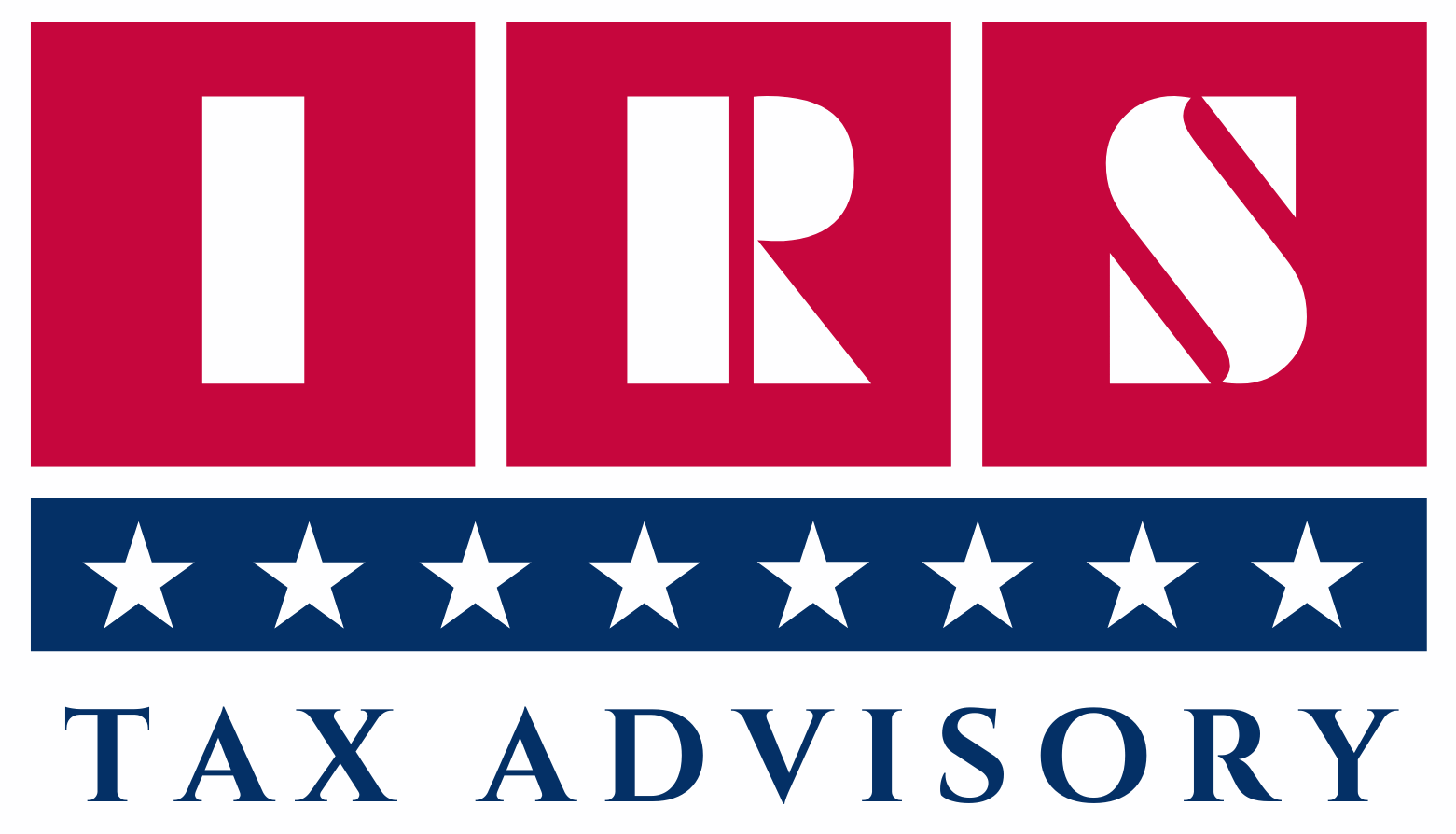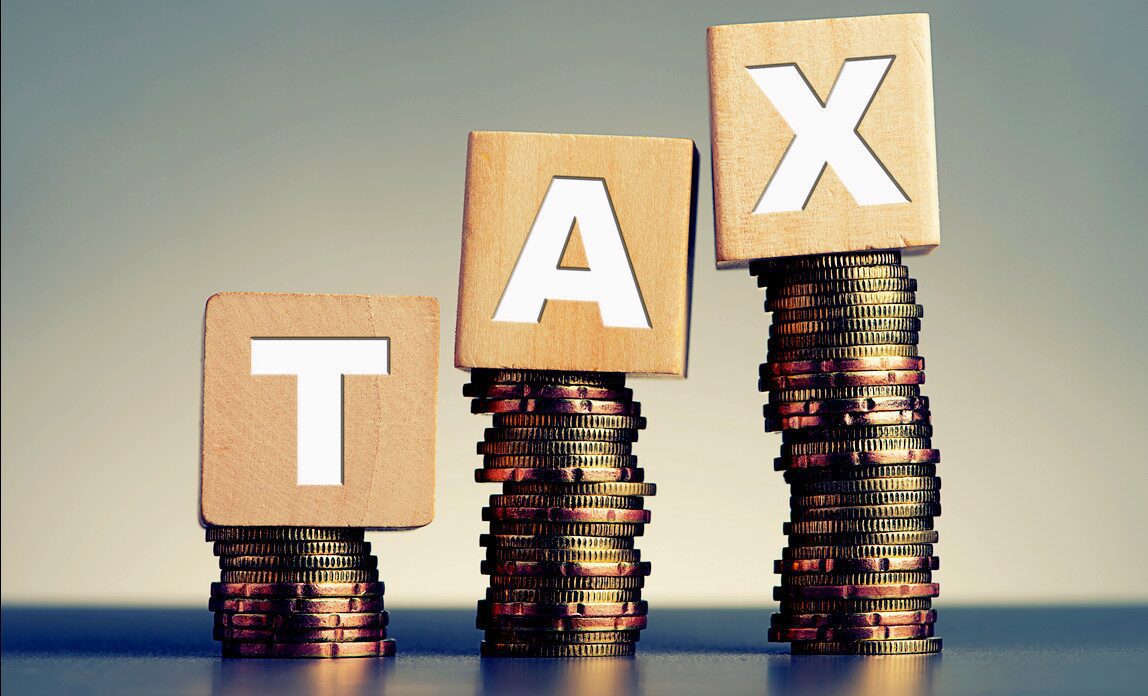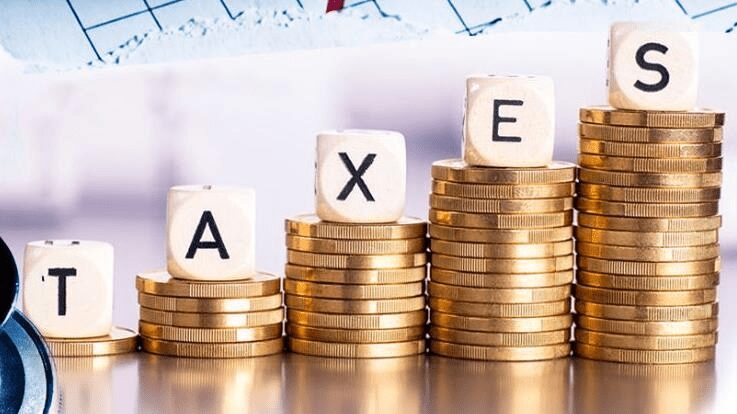Form 1120 VS 1120s- Best Comparison
Table of Contents
Difference Between Form 1120 VS 1120s- Step By Step Guide

Choosing the right corporate structure is a fundamental decision for any business, as it affects taxation, shareholder rights, compliance obligations, and long-term growth potential. The IRS distinguishes two primary types of corporations for federal tax purposes — S Corporations and C Corporations — each filing distinct tax returns: Form 1120-S for S corporations and Form 1120 for C corporations. Understanding the comprehensive differences between these forms (Form 1120 VS 1120s) and the entities they represent is crucial for business owners, accountants, and tax professionals.
1. Tax Treatment and Filing Purpose
Form 1120-S (S Corporation)
The S corporation is a pass-through entity, meaning the corporation itself generally does not pay federal income tax on its earnings. Instead, the income, deductions, losses, and credits “pass through” directly to the shareholders. The corporation files Form 1120-S primarily to report financial activity to the IRS and provide shareholders with Schedule K-1 forms that detail their individual shares of income and deductions. Shareholders then include these amounts on their personal tax returns and pay tax at their own rates.
Form 1120 (C Corporation)
The C corporation is a separately taxable entity and must pay federal income tax on its profits at the corporate level. It files Form 1120 to calculate and report its taxable income, deductions, and tax liability to the IRS. Unlike S corporations, C corporations pay taxes on net income at a flat rate, and shareholders pay taxes again when dividends are distributed — a process known as double taxation.
2. Corporate Tax Rates and Shareholder Tax Implications
Form 1120-S (S Corporation)
S corporations themselves rarely pay taxes, except in limited cases such as:
- The built-in gains tax on assets converted from a C corporation.
- The excess net passive income tax if passive income exceeds 25% of gross receipts and accumulated earnings and profits exist.
These taxes are assessed at the flat corporate rate of 21%. The vast majority of the income is taxed at the shareholder level, where individual rates range from 10% to 37% based on taxable income brackets.
Form 1120 (C Corporation)
C corporations pay a flat 21% federal corporate income tax on taxable income, as established by the Tax Cuts and Jobs Act of 2017. Dividends paid to shareholders are taxed again on their personal returns, typically at qualified dividend rates (0%, 15%, or 20%), creating a double layer of tax.
3. Shareholder Limitations and Ownership Structure
Form 1120-S
S corporations face stringent eligibility requirements:
- Maximum of 100 shareholders.
- Shareholders must be U.S. citizens or resident aliens (no foreign shareholders).
- Only individuals, certain trusts, and estates can be shareholders — corporations, partnerships, and non-resident aliens cannot.
- Allowed only one class of stock, meaning all shares have identical rights to distributions and liquidation proceeds.
These rules ensure S corporations maintain a more limited and domestic ownership base.
Form 1120
C corporations face no restrictions on the number or type of shareholders:
- Unlimited shareholders, including foreign investors.
- Ability to issue multiple classes of stock with different voting and dividend rights.
- Can be owned by other corporations, partnerships, or entities, allowing for more complex capital structures and investment arrangements.
4. Filing Deadlines and Requirements
Form 1120-S
Must be filed by the 15th day of the 3rd month after the end of the tax year, generally March 15 for calendar-year corporations. Timely filing is crucial to avoid penalties. Form 1120-S requires attaching Schedule K-1 forms for each shareholder, reflecting their share of the corporation’s income, deductions, credits, and other items.
Form 1120
Due by the 15th day of the 4th month after the tax year ends, usually April 15 for calendar-year filers. C corporations do not issue Schedule K-1s; instead, dividends and distributions are reported on Form 1099-DIV to shareholders. C corporations must carefully manage estimated tax payments quarterly.
5. Treatment of Income Distributions and Dividends
S Corporations
Since shareholders are taxed on income whether or not it is distributed, distributions are generally not taxed again, provided the shareholder has sufficient stock basis. This prevents double taxation and encourages reinvestment or distribution flexibility.
C Corporations
Dividends paid to shareholders are subject to double taxation — first at the corporate level and again on the shareholder’s personal tax return as dividend income, which can reduce after-tax returns to investors.
6. Loss Deductions and Basis Rules
S Corporations
Shareholders may deduct their proportionate share of corporate losses on their individual tax returns, subject to:
- Their basis in the stock and loans to the corporation.
- At-risk limitations.
- Passive activity loss rules.
This pass-through loss feature can provide valuable tax benefits to shareholders.
C Corporations
Losses remain at the corporate level and cannot be passed through to shareholders. The corporation can use losses to offset income in the current year or carry them forward/backward under specific IRS rules.
7. Compliance and Administrative Considerations
Both S and C corporations must comply with formal corporate governance requirements, such as:
- Holding annual shareholder and board meetings.
- Maintaining detailed minutes and records.
- Filing annual reports and paying state-level taxes as required.
However, S corporations typically face less complex tax filings due to pass-through taxation, whereas C corporations must carefully manage corporate tax payments, estimated taxes, and dividend distributions.
8. State Tax Considerations
Some states do not recognize the S corporation election and tax the business as a C corporation by default. Others impose entity-level taxes or fees on S corporations regardless of federal treatment. Business owners must review state-specific rules to understand full tax obligations.
Summary Table: Form 1120-S vs. Form 1120
| Feature | Form 1120-S (S Corporation) | Form 1120 (C Corporation) |
| Federal Tax Treatment | Pass-through entity; shareholders taxed individually | Separate taxable entity; corporation taxed directly |
| Corporate Tax Rate | 21% only on built-in gains or passive income taxes | Flat 21% corporate tax rate |
| Shareholder Restrictions | Max 100; US citizens/residents only; one stock class | Unlimited; no restrictions on ownership or stock classes |
| Filing Deadline | March 15 (15th day of 3rd month) | April 15 (15th day of 4th month) |
| Double Taxation | Generally avoided | Applies on dividends paid |
| Income Distributions | Generally tax-free if basis exists | Dividends taxed at shareholder level |
| Loss Deduction | Shareholders may deduct losses per basis and limits | Losses remain with corporation |
| Shareholder Reporting | Schedule K-1 issued to each shareholder | No Schedule K-1; dividends reported on Form 1099-DIV |
| State Tax Treatment | Varies by state; some tax as C corporation | Generally taxed as a corporation |
Bottom Line
Choosing between Form 1120-S and Form 1120 fundamentally shapes how a corporation is taxed, who can own it, and how profits and losses flow to shareholders. S corporations, filing Form 1120-S, offer pass-through taxation that helps avoid double taxation but limit ownership and stock options. C corporations, filing Form 1120, provide broader ownership flexibility but face corporate-level taxes and potential double taxation on dividends. Understanding these key differences ensures businesses select the best structure for their goals while maintaining compliance and optimizing tax benefits.
Conclusion
Understanding the fundamental differences between Form 1120-S and Form 1120 is essential for making informed decisions about corporate structure, tax planning, and compliance. While S corporations offer significant tax advantages through pass-through taxation and reduced double taxation, they come with ownership and operational restrictions. C corporations provide greater flexibility in ownership and capital raising but are subject to double taxation and more complex corporate tax filings.
Business owners should consult with tax professionals to evaluate which structure best aligns with their financial goals, ownership plans, and growth strategies, ensuring compliance with IRS regulations and optimizing tax outcomes.
Frequently Asked Questions (FAQs) on Form 1120-S vs. Form 1120 and Corporate Taxation
1. What is the main difference between Form 1120-S and Form 1120?
Form 1120-S is used by S corporations, which are pass-through entities where income flows to shareholders and is taxed at individual rates. Form 1120 is used by C corporations, which pay corporate income tax on profits, potentially resulting in double taxation when dividends are distributed.
2. Who can file Form 1120-S?
Only eligible S corporations with 100 or fewer shareholders, all of whom must be U.S. citizens or residents, and with only one class of stock, can file Form 1120-S.
3. What tax rates apply to S corporations and C corporations?
S corporations typically do not pay federal income tax at the corporate level; income is taxed at individual shareholder rates (10%-37%). C corporations pay a flat corporate tax rate of 21%.
4. Can S corporations have foreign shareholders?
No. S corporations cannot have shareholders who are non-resident aliens.
5. What are the filing deadlines for Forms 1120-S and 1120?
Form 1120-S must be filed by March 15 (15th day of the 3rd month after the tax year ends), while Form 1120 is due by April 15 (15th day of the 4th month after the tax year ends).
6. Are distributions from S corporations taxable?
Generally, distributions from S corporations are not taxable to shareholders as long as they do not exceed the shareholder’s stock basis.
7. Do C corporations face double taxation?
Yes. C corporations pay corporate income tax on profits and shareholders pay tax again on dividends received.
8. What happens if a corporation files the wrong form?
Filing the incorrect form can lead to penalties, processing delays, and possible tax consequences such as loss of S corporation status or misreported income.
9. Can an S corporation issue multiple classes of stock?
No, S corporations are only allowed to have one class of stock.
10. How do shareholders report income from an S corporation?
Shareholders receive Schedule K-1 from the S corporation and report their share of income, deductions, and credits on their individual tax returns.







